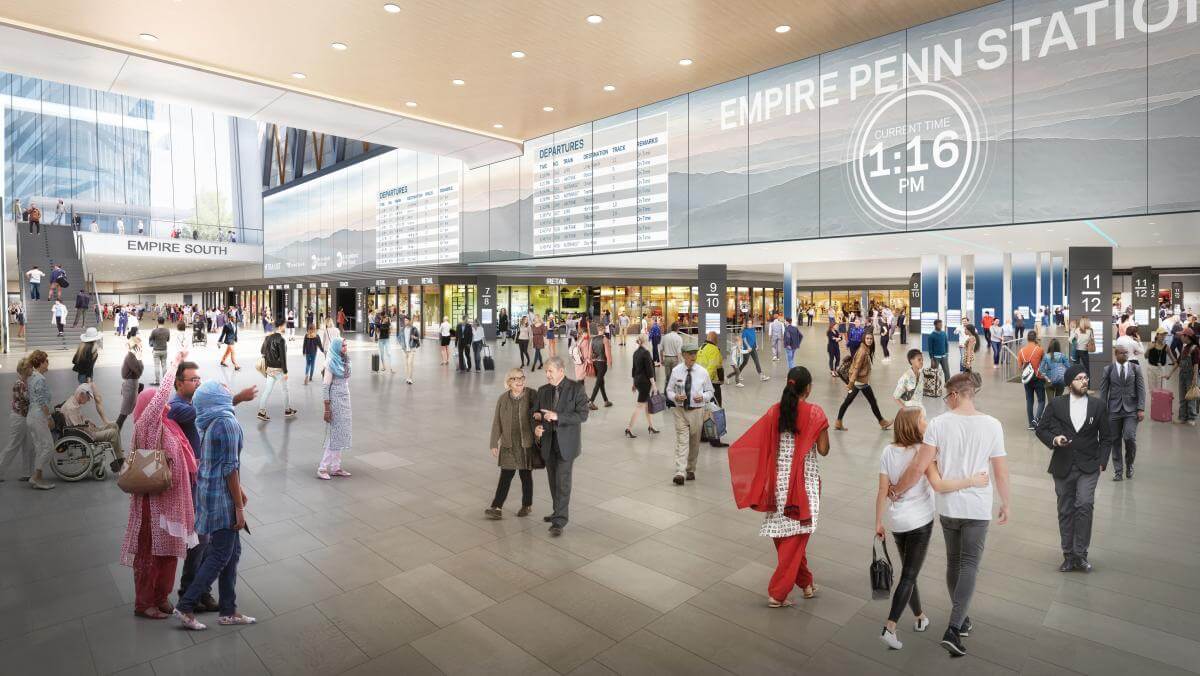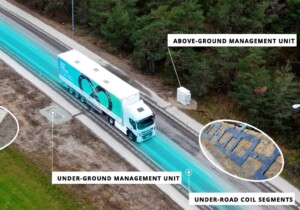As New York Governor Andrew Cuomo pushes forward with his recently updated (and controversial) plans to completely overhaul Manhattan’s Penn Station and the surrounding blocks, community members and state lawmakers are taking increasingly bold action to slow the development’s progress.
Last month, state senators introduced legislation, Senate Bill 6556, to wrest control of the massive infrastructure project from the governor, aiming to ensure that the proposal would undergo a full review process by local authorities and community members before final approval. Cuomo was planning to take advantage of New York’s General Project Plan, which allows state officials to override local zoning and land use ordinances.
Examining the details of the Governor’s plans for the so-called Empire Station Complex, it becomes clear why state authorities are attempting to sidestep local evaluation procedures. While an improved passenger concourse and eight new tracks for the busiest train terminal in the world remain the ostensible focus of the project, the complex also includes a series of high-rise residential towers, hotels, and 14 million square feet of new office space.
The ten new towers that Cuomo has proposed would require the demolition of upwards of 50 existing buildings, most likely prompting the state to use eminent domain to acquire the land being developed. For many in state and local government, the move to install so much office space in Midtown Manhattan at a time when office vacancy rates have skyrocketed seems, at the very least, unwise.

Others have criticized the Empire Station Complex as an overly ambitious real-estate development scheme disguised as a transit project that serves the interests of a broader public. Certain transit advocacy groups have bemoaned the lack of targeted improvements for train operations and platform experience in any of the state’s recent proposals.
The new bill to subject the project to New York City’s Uniform Land Use Review Procedure (ULURP) was sponsored by State Senator Brad Hoylman, also a candidate for Manhattan Borough President, who has derided the state’s current process as unfair to the local communities that the development will affect most. While Cuomo was able to pass a budget that includes $1.3 billion for the Empire Station Complex, Hoylman and other state senators managed to restrict the funding to subterranean transit expenses.
Proponents of the state’s redevelopment scheme for Penn Station and the surrounding neighborhood argue that the city’s approval process will effectively kill the endeavor. The local land use review process will effectively designate City Council members as the ultimate decision-makers, and many are reminded of Council members’ successful push to cancel a rezoning effort in Industry City, Brooklyn last year. For many others, though, the public hearings and increased scrutiny afforded by a city-led process are just what less powerful stakeholders need to ensure that the Penn Station redevelopment is not overwhelmingly harmful to local residents and business owners.
Senate Bill 6556 is now in the hands of the state senate’s finance committee. But with the legislature out of session, it is unclear when the future of the Empire Station Complex will be certain.











